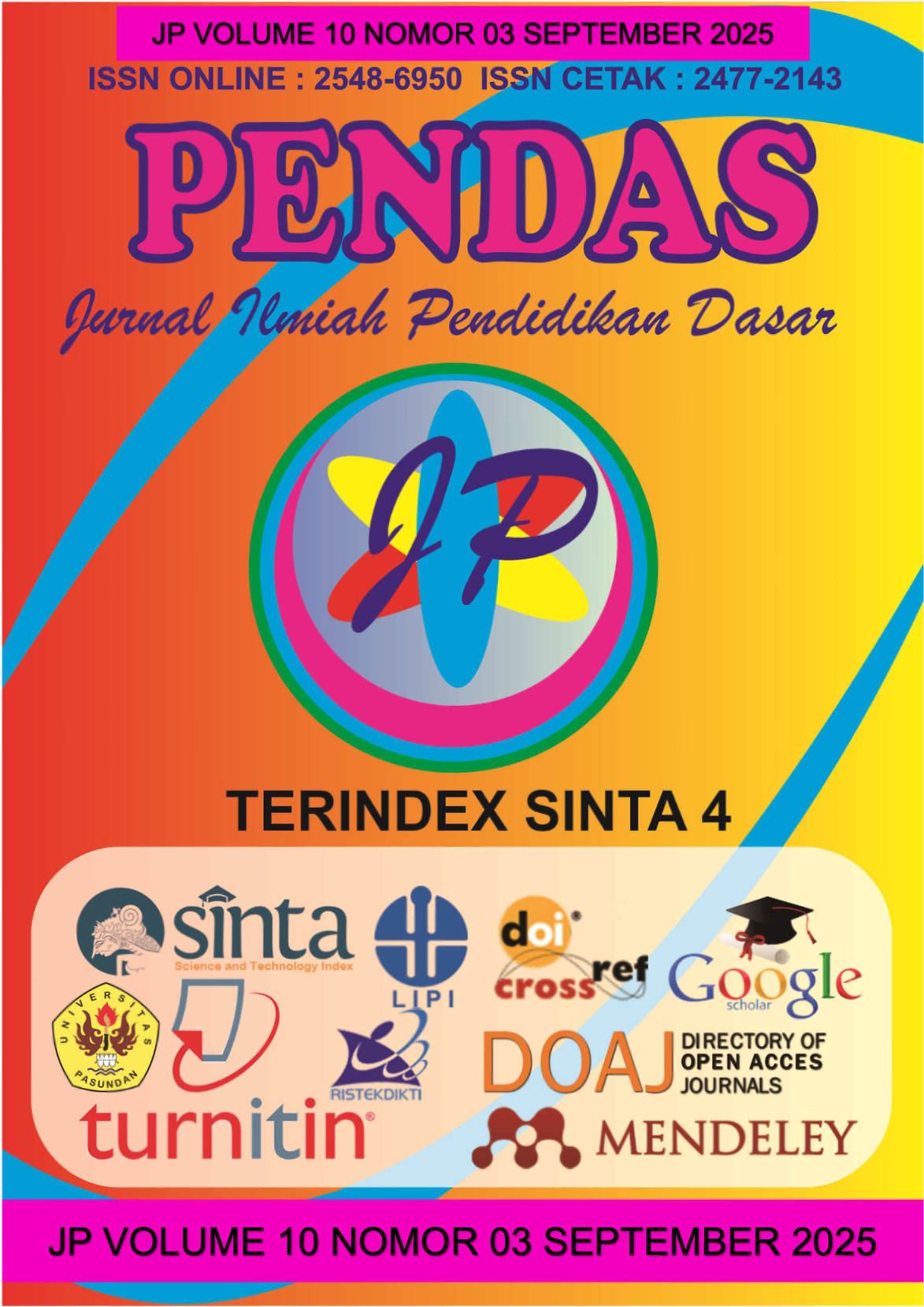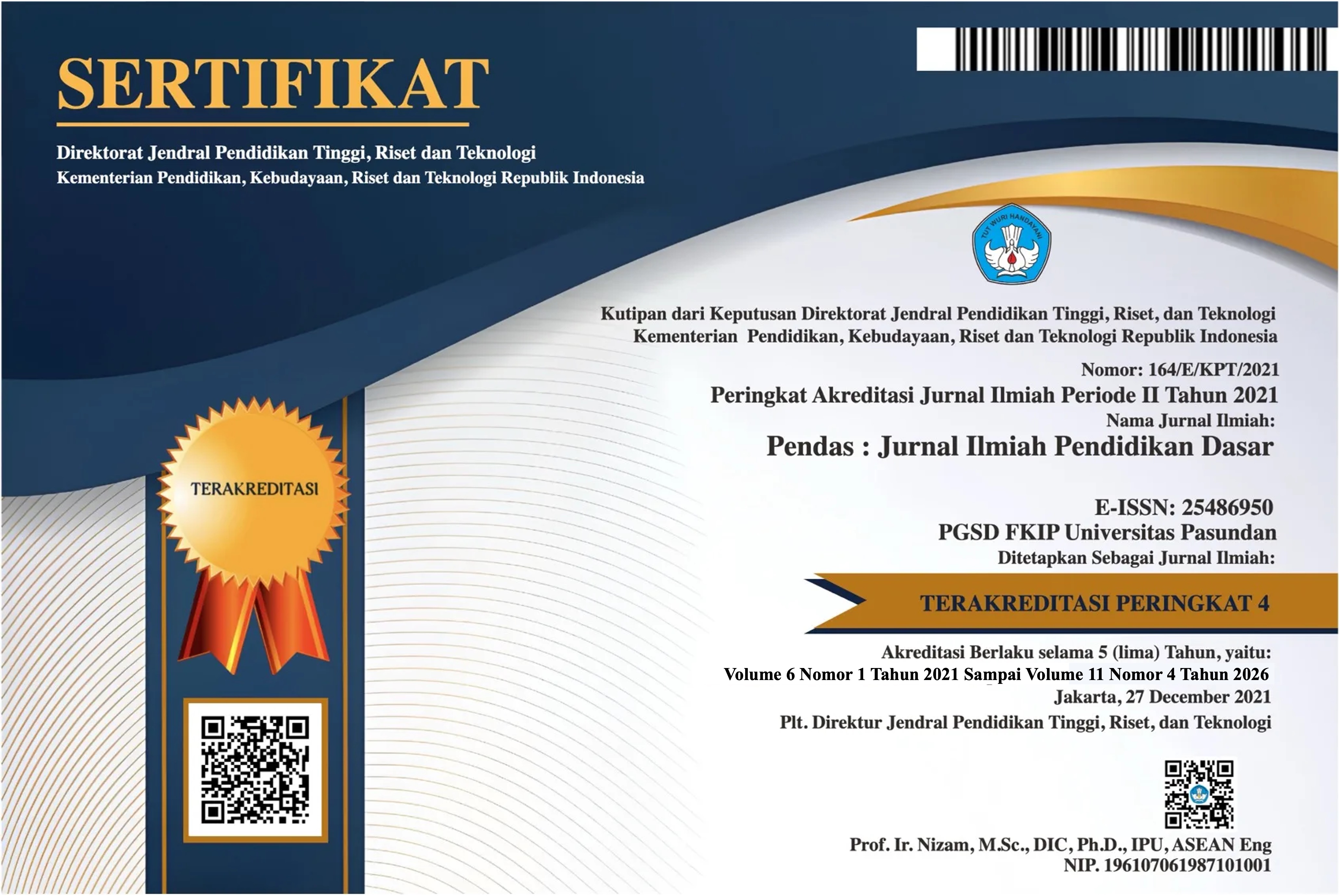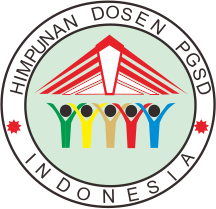HUBUNGAN ANTARA DUKUNGAN IKLIM SEKOLAH, DUKUNGAN IKLIM KELUARGA, PENGARUH TEMAN SEBAYA DENGAN PERUNDUNGAN ANTAR SISWA SEKOLAH MENENGAH PERTAMA : PERAN MEDIASI VARIABEL KESEJAHTERAAN PSIKOLOGIS
DOI:
https://doi.org/10.23969/jp.v10i03.33957Keywords:
Bullying Behavior, Social Support, Psychological Well-BeingAbstract
Bullying remains a serious issue in schools, as indicated by the high number of
reported cases by the Indonesian Child Protection Commission (KPAI) and the
Indonesian Teachers Federation (FSGI). It is a form of intentional aggression aimed
at causing physical, emotional, or social harm. A negative and unsupportive family
environment, along with unhealthy peer relationships—especially when individuals
feel superior to others—can trigger involvement in bullying behavior. Additionally, a
non-conducive school climate can negatively impact students’ psychological well-
being. This study aims to examine the direct and indirect effects of school climate
support, family climate support, and peer influence on bullying behavior among
junior high school students, with psychological well-being serving as a mediating
variable. It also explores the direct effect of psychological well-being on bullying. A
deductive approach was applied, starting from existing theories to develop
hypotheses for empirical testing. The research used a quantitative survey method
with an ex post facto design, as the data reflect past events without any manipulation
of variables. Analytical techniques included regression and path analysis to assess
both direct and indirect relationships. Confirmatory Factor Analysis (CFA) up to the
second-order level was conducted using LISREL version 8.80, and descriptive
statistics were processed using SPSS version 21.Results showed that support from
school, family, and peers significantly influences students’ psychological well-being.
These three factors were proven to be strong predictors of mental resilience. It is
recommended that future studies treat bullying as an independent variable, as
empirical and theoretical evidence suggests it functions better as a risk factor
affecting students’ mental health.
Downloads
References
Kline, R. B. (2016). Principles and
Practice of Structural Equation
Modeling (T. D. Little, Ed.; Fourth
Edition, Vol. 554). THE GUILFORD
PRESS.
Lazarus, R. S., & Folman, S. (1984).
STRESS, APPRAISAL, AND
COPING. Springer Publishing
Company.
Leavy, & Patricia. (2017). Research
Design: Quantitative, Qualitative,
Mixed Methods, Arts-Based, and
Community-Based Participatory
Research Approaches. The
Guildford Press.
Lucas-Molina, B., Pérez-Albéniz, A., &
Fonseca-Pedrero, E. (2018). The
potential role of subjective
wellbeing and gender in the
relationship between bullying or
cyberbullying and suicidal ideation.
Psychiatry Research, 270, 595–
601.
https://doi.org/10.1016/j.psychres.2
018.10.043
Marchante, M., Alexandre Coelho, V.,
& Maria Romão, A. (2022). The
influence of school climate in
bullying and victimization behaviors
during middle school transition.
Contemporary Educational
Psychology, 71.
https://doi.org/10.1016/j.cedpsych.
2022.102111
McDonald, R. P. (1999). Test Theory:
A Unified Treatment. LAWRENCE
ERLBAUM ASSOCIATES.
Minuchin, S. (1974). Familias Y
Terapia Familiar (Gedisa, Ed.). The
Downloads
Published
Issue
Section
License
Copyright (c) 2025 Pendas : Jurnal Ilmiah Pendidikan Dasar

This work is licensed under a Creative Commons Attribution 4.0 International License.



















